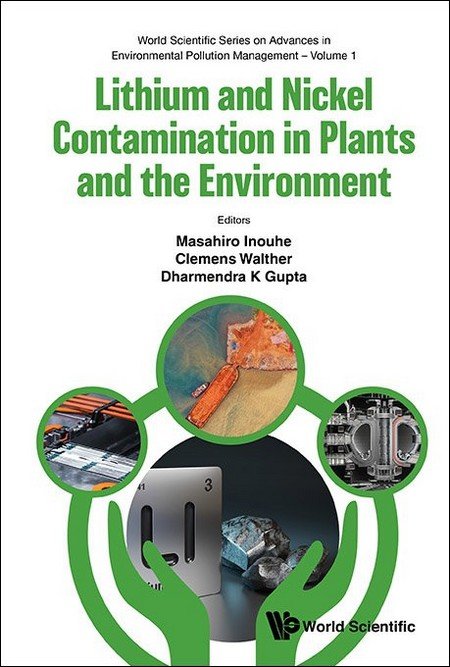Chapter 9: Bioremediation of Lithium and Nickel from Soil and Water
Human-induced environmental pollution, which has emerged with the increasing population in recent years, has become a global threat. One of the consequences of its rapid and destructive effects is that heavy metals, such as lithium (Li) and nickel (Ni), threaten soil and plant health, and their presence in soil and water poses a risk to both human health and environmental well-being. The purpose of this chapter is to explore the importance of bioremediation in removing Li and Ni from soil and water by investigating various research studies and approaches. Bioremediation is a solution that utilises microorganisms to remove heavy metals by converting them into less toxic forms. Therefore, it is important to carefully select the appropriate microorganisms and optimise the bioremediation conditions to achieve the best results. Moreover, the effectiveness of these techniques depends on various factors, such as the concentration of Li or Ni in the soil, the duration of the remediation process and the environmental conditions.



